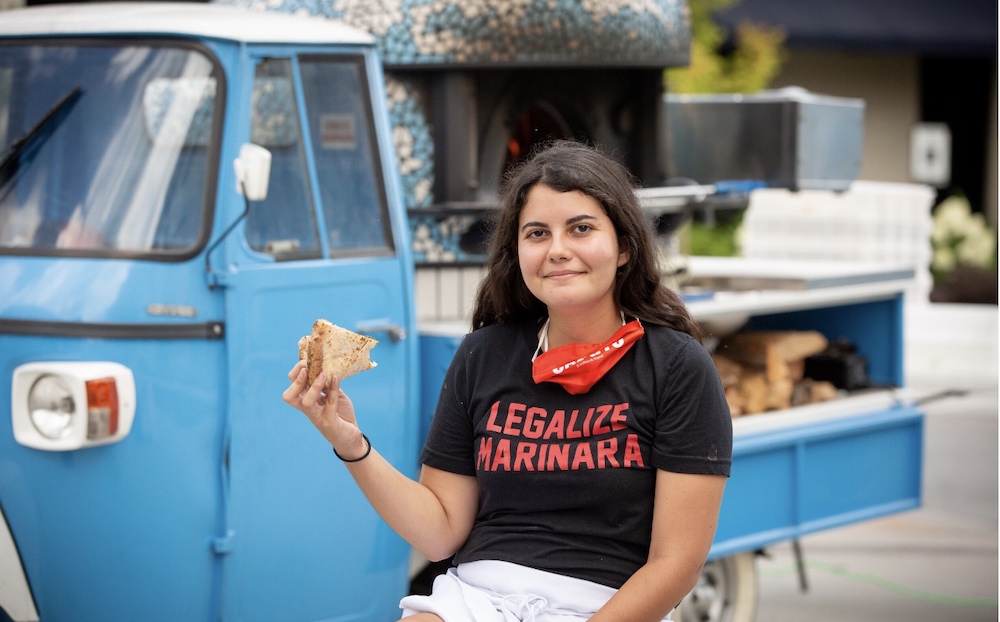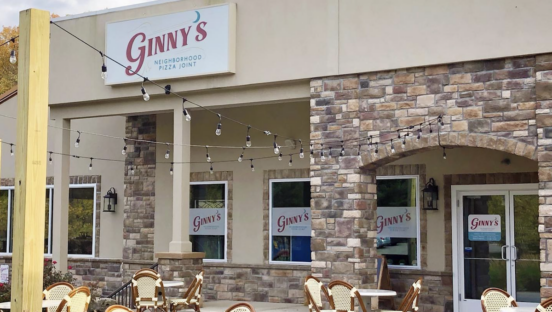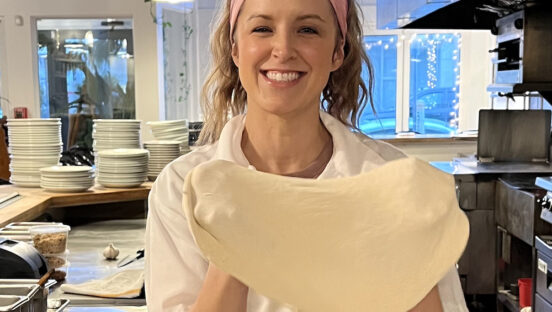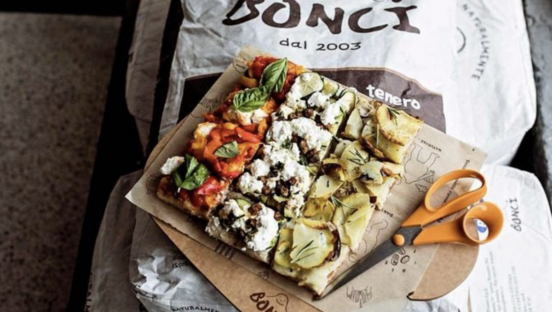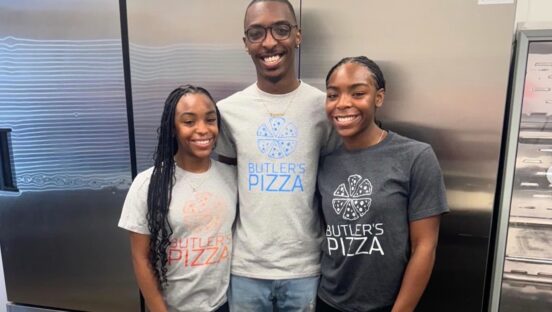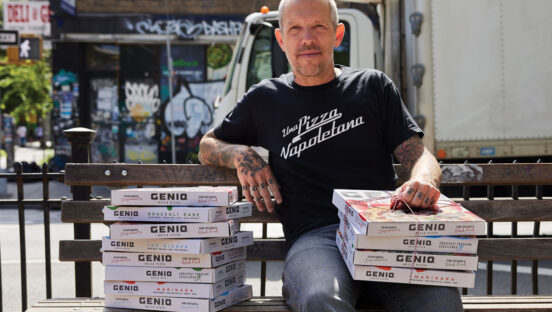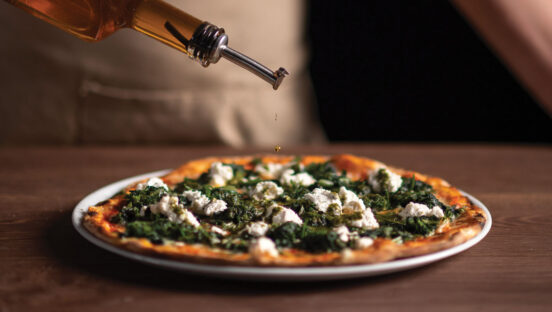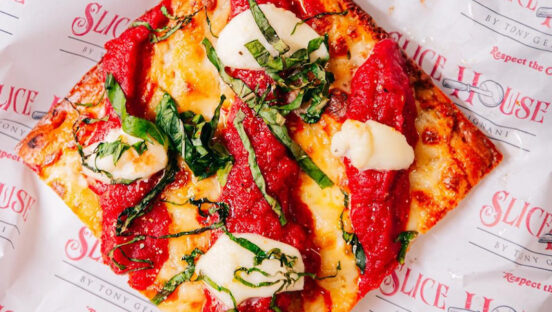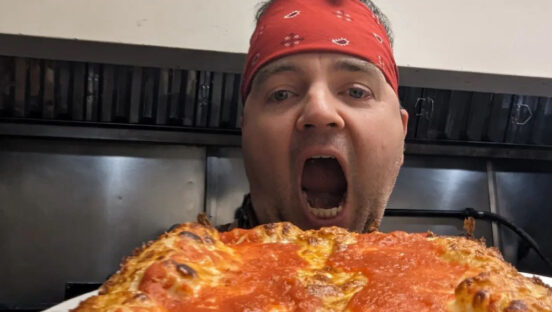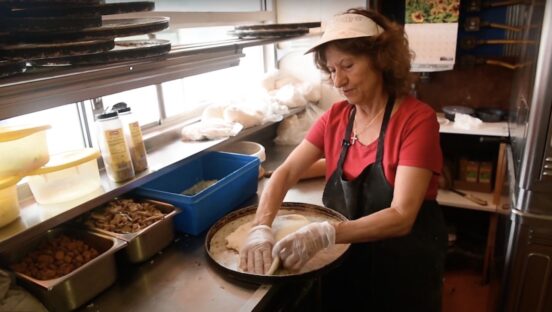By Charlie Pogacar
Sofia Arango runs Atlanta Pizza Truck with her husband, Alessio Lacco. After being laid off from their restaurant jobs at the beginning of the pandemic, the duo dove headfirst into creating neighborhood pizza popups all over Atlanta. The popups took off, the couple bought a food truck, and a wildly successful business was off and running.
That’s not what this story is about, however. When Atlanta Pizza Truck went through the process of earning its Associazione Verace Pizza Napoletana (AVPN) certification, Arango began noticing something. She saw there was a well-resourced, accessible community for U.S. pizza makers of Italian heritage, like Lacco, and how inspiring that was for him. Arango, who hails from Caracas, Venezuela, began to wonder why there wasn’t something analogous for Latinos in the pizza world.
“At so many restaurants in the U.S., and in Latin America obviously, there are lots of Latinos in the kitchen,” Arango said. “Most of the kitchen staff in a lot of restaurants is mostly formed by Latinos. But, normally, the face of a restaurant is not that of a Latino person.”
Related: Cream-filled crusts make every bite a delight at Terra Nostra in Guatemala City
To put some numbers to it, the National Restaurant Association estimates that over 25% of the workers in the U.S. restaurant and foodservice industry are Hispanic. The same Association report—released in March 2022—found that more than 36% of cooks in the U.S. are Hispanic.
As manager of the social media presence for Atlanta Pizza Truck, Arango knew there were plenty of Latinos who owned and operated pizzarias, both in the U.S. as well across Central and South America—she had seen many of them on Instagram and TikTok. Influencers like Juan Perez (@juangpizza), a Columbian who manages Posto in Boston, have amassed hundreds of thousands of followers on social channels.
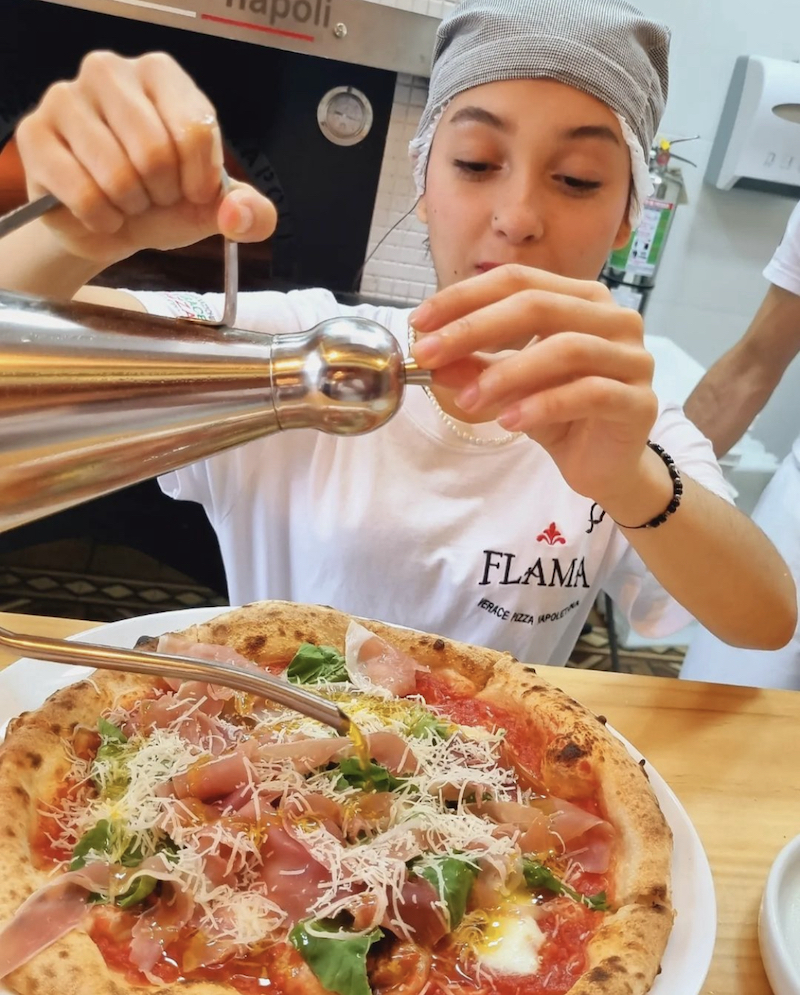
Flama Pizzeria is the first pizzeria in Peru to be certified by the VPN.
Arango decided to launch an Instagram account that would shine a light on the contributions of Latinos to the pizza space. The account, @LatinosEnPizza, has amassed over 2,000 followers since its inception on April 15. The account has featured collaborations with some of the biggest Latino pizza influencers, including Perez and Javiera Contrado of Santiago, Chile (@dou.pizza).
Related: Showing street smarts with food trucks
Thus far, the account has featured people from Canada, the U.S., Mexico, Guatemala, the Dominican Republic, Puerto Rico, Panama, Venezuela, Argentina, Chile, Peru, and Bolivia. Arango’s goal is to share Latino pizza culture through engaging content, such as videos introducing pizza makers, tips and recipes, and so on. The account’s content is primarily in Spanish, but offers English translations for most of the posts. For those reasons, the account can also be a great way for any type of pizza maker to find culinary inspiration.
For now, @LatinosEnPizza does not have a formal membership or board or anything like that. There are no dues. Rather, Arango sees the account as a networking opportunity for Latino pizza makers all across North, Central and South America. She said she hopes the account is invigorating for everyone who engages with it.
“We want to inspire people and let them know that they can also make it,” Arango said. “We are a community and a very big community all around the continent. We are all trying to gather and share knowledge and let people know that they can have their own little spot to show their own product.”
Latinos en Pizza can be found at @LatinosEnPizza. Other Latino-run, pizza-themed accounts Arango suggests following include @eltremendisimodanyboy.com.mx, @Jose_Benavides_Panadero, @flamapizzeria, @rannier.gpizza, @alecontilde, @188pizzeria, @handro_pizzaiolo, @pizzaiololeo, and @koipizza.
Charlie Pogacar is PMQ’s senior editor.

